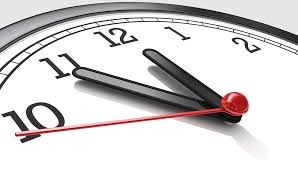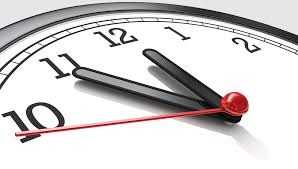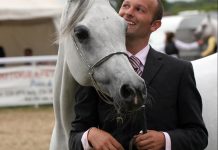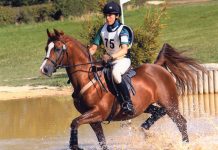Show and competition season is well under way now, and my diary is absolutely full every week. Clients want to get the best performance from their horses, trying to resolve symptoms such as stiffness on one rein, resistance to canter, bucking, napping, and unresolved lameness. Every horse is individual and so every treatment and recovery is individual.
When I explain in generic terms that every horse responds in an individual way, people accept this and seem to understand the concept. However, as treatment commences, their first question is nearly always “So, how long will he/she take to recover?” Well, I can offer examples of other horses I have seen with similar issues, then generalise from those examples and give an approximate timeframe, but the point is that recovery is individual and no horse follows a standard handbook. We can only generalise using a combination of information on the history of the problems experienced, an assessment of the level of musculoskeletal imbalance and discomfort, early indicators of response to treatment, and the average time it takes other horses with similar issues to recover.
So, what affects recovery and return to full performance? Clearly the longer a problem has been present, the more likely it is to have produced chronic symptoms, and so the horse learns new movement patterns and/or behavioural habits in order to cope. Changes in movement patterns and behaviours post-treatment can occur very quickly, and this is generally the expectation of many horse owners. But, they can also take a few weeks or months to completely resolve, particularly if the physical strength of the horse is affected, such as if muscle wastage over the topline has occurred.
Horses that have a combination of a keenly sensitive disposition and high intelligence are very quick learners and incredibly attuned to the situation they find themselves in. Where it may take a number of repetitions of a stimulus for a more placid character to exhibit changes in their behaviour, these quick-learning horses respond faster to even the first presentation of that stimulus and produce new behaviours or coping mechanisms. However, they will not ‘unlearn’ or change their behaviour simply because the stimulus, i.e. the pain or discomfort, has been removed.
They have now produced a new neural pathway of action in their brain, and will use it even if, in our eyes, it is no longer necessary. Therefore, it takes time for these smart horses to return to previous performance levels, and their recovery programme may require careful and thoughtful adaptation of rehabilitation exercises.
In addition, every horse has an individual cellular ‘recovery rate’. Have you ever noticed how some horses can cut themselves and the mark that is barely visible shows 24 hours later? And others can incur a similar injury, and have a swollen limb, strong inflammatory response at the site of the injury, but take at least a week to fully recover, or even longer? Response to injury is individual and cannot be hurried. So while therapeutic treatment aims to initialise the healing process where chronic issues have manifested, or to speed up the healing process where pain and discomfort are evident by reduction and removal of the causes of that pain, treatment really is only a ‘stimulus to change’. How the horse’s body uses that stimulus is, you guessed it, individual!
I once heard a wise man advise his young friend that there was no point in getting upset or pushing for a result that the horse wasn’t able to produce. It would be better to relax, wait, and help the horse rather than try to force it. As we all know, horses can be the definition of frustrating at times, but why waste energy and stress when, as this old boy once said: “Everythin’ takes its own time.”












